A Happy New Year! ― 2014/01/01

Iroha-Island Oysters ― 2014/01/01

(Introduction: you can skip this part) At the end of every year, my fishmonger becomes very busy. So busy that they could not even have a lunch. Having felt sorry for them working with empty stomachs, this year I brought some sandwiches to them. In return, they gave me a pack of oysters.
(The body of this entry starts here) These locally caught, wild oysters are supposed to be eaten raw with ponzu, citrus-based sour sauce, and grated daikon. But I am not a fan of raw oysters. So I lightly fried them with garlic.

They are quite small, as small as my thumb nails, but taste great. The texture is much firmer than farmed ones and the flavour is richer. Oysters did not used to be on the top on my fish shopping list, but I instantly fall in love with them.
The only problem is that they are not the best companion for white rice. If only I could enjoy alcoholic beverage.
New Year's Meal 2014 ― 2014/01/01


My New Year feast has been more and more moderate with the years.
In the year 2020, my New Year meal may be a bowl of instant Ramen.
New Year Fish ― 2014/01/01

Wild Kuruma prawn and a small fillet of tuna
Fukuokan people are supposed to eat Buri (yellowtail) in New Year’s day in
hope of getting ahead in life. The buri is associated with successful career because
it is called in several different names as it grows, which suggests different
job titles you might assume as you climb the career ladder. In this area of Japan,
the buri is called Yazu when it is young
and small, and then Hamachi and
finally buri.
As I (and my husband, though I haven’t asked him) have long lost interest in and been abandoned by career things, buri is no longer our new year favourite: it discolours very quickly and when you slice it (bought at the end of the previous year) into sashimi, it would not look appetising, even smelling somewhat funny to be sashimi, and it can be extremely expensive in pre- new-year period.
Instead of Buri, this year I went for tuna, which was still very expensive, but relatively reasonably priced in this period of the year compared to the outrageous price of buri.
The tuna turned out a very good bargain. I guess it
should be called “chu-toro,” fatty part of the fish. Sliced into sashimi,
it literally melt in the mouth,
leaving pleasant melting sensation and
leaving aftertaste that only fresh and good-quality fish can leave, and worked up even more
appetite.
I have no regret for having spent 2000 yen, which usually feed us for a couple of weekdays, for only several pieces of fish.
New Year Cats ― 2014/01/02
We say if you are in a good mood on the New Year ’s
Day, you can also be in a good mood for the rest of the year. If it is true,
these cats would have a sunny 2014.




First Shopping ― 2014/01/03
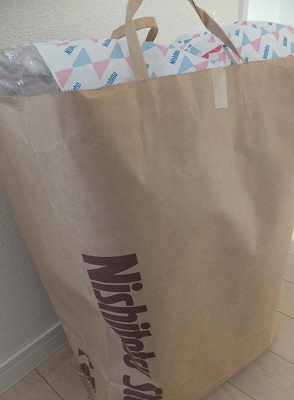
I began this year's shopping at Nishitetsu Store. Let me show off my new-year shopping.
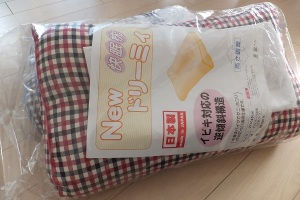
Pillows (made in Kagoshima, Japan) JPY 1,980 each
By the way, pillows are extremely diversified in Japan. I am always amazed at the endless variety of the materials, techniques used for pillows (and their prices!!) when I look into the world of pillows. If you are looking for something special in Japan, I strongly recommend taking a look at pillow catalogue such as this website. http://www.dinos.co.jp/c3/002008004/1a2/
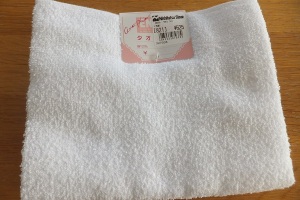
kitchen towels (made in Fukuoka) JPY 525/ two towels
Not specifically made for kitchen, though. I prefer these thin, easy-to-dry towels to specialised tea towels or kitchen cloth.
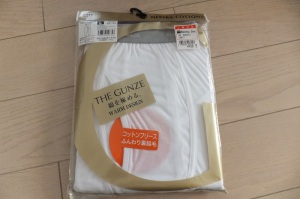
My husband's cold-weather underwear (made in Japan) JPY700 (reduced from JPY 1,400)
“The Gunze” is one of the most upmarket labels that Gunze, a well-established Japanese underwear manufacturer, produces and is rarely reduced. Therefore, for me, “the Gunze“ label is TOYOTA Lexus of undergarments (I am humble enough not to say Mercedes). I felt I was very lucky when I found this in an abandoned-looking basket in the corner of the underwear section.
I think my first shopping was successful in terms of
getting relatively nice things at relatively reasonable prices. I hope my desire
for shopping and my budget will get along well.
Memoir of My Days in North America 1 ― 2014/01/07
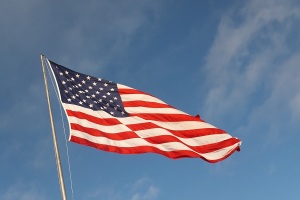
I went to northern Northern America at the end of last year.
Here are some notes just for the future trip…
· Don’t underestimate the impact of Thanksgiving when EVERYTHING stops its operation—even supermarkets and McDonalds are closed. Being a tourist with no one invites you to their home, your life becomes extremely difficult and hungry. On top of that, after Thanksgiving people get into a kind of year-end festive mood, things can be slower and you can’t expect punctuality for the rest of the year (just like our year-end and New-year delay)
· The NORTH FACE is not as special as we might think in Japan. Its products are often sold at discounted price (even at the list price, they are more accessible than they are in this country) at outdoor shops.
· You can find something made in America more easily in outdoor shops or hardware stores than in department stores. Go for Fleet Farm rather than Macy’s.
· People sometime give you entirely incorrect answers with the air of confidence when you ask them about something very important or serious, such as …whether your flight has been cancelled or whether their shop opens on bank holidays. Find someone trustworthy to get correct information, or double-check if you really need to know the truth.
· English is (at least for me) not a lingua franca in the USA. In some places, I couldn’t communicate at all while my great Japanese English worked perfectly (even on the phone!) in some places on the same condition and situation (eg. At the front desk of a hotel, supermarkets, busy airport desk). Forget about the mantra English teachers often chant (“English is the universal language”), which is applicable only when you are a master of every accent and dialect in spoken English, which by all means I am not.
Memoir of My Days in North America 2 ― 2014/01/09

Apart from being a Gaijin, having pancakes with a few pieces of bacon (and sometimes hushed potato)in the morning is my greatest pleasure of staying in the USA. Because the very American breakfast (for me), a mass of sugar, starch, and fat, is by no means looking like “breakfast”: they look more “big snack” to me. But in the State, I have a good excuse to indulge myself – “When in Rome, do as the Romans do” I enjoyed my privilege not having my own kitchen (If we stayed at a room with kitchenette, my husband would expect me to cook “healthy” breakfast for him ).
Although the inn we stayed in offered pancakes as a part of its free “continental” breakfast (I am not sure which continent they refer to—American or Eurasian?), I prefer going to places outside for pancakes (and occasionally waffle)to getting full with free, factory-made breakfast items. I get fatter anyway, though.
This time I tried four pancake places in attempt to find No.1 pancake place in the town I stayed in. Three restaurants which serves morning menu and one supermarket café (that opens at 5:30 am!). I ordered more or less same menu in each place as long as the menu allowed; pancakes, bacon, sunny-side up(s), and coffee to make fair comparison.
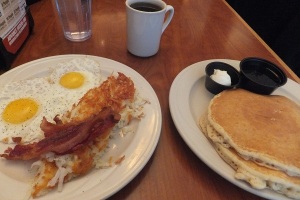
The price ranged from US$ 6 to US$15 (excluding tips). Having had them, here is my tentative conclusion:
The price is not always in proportion with what you get. To be honest I couldn’t see or taste the difference between the cheapest and the most expensive, in terms not only of the taste, but of the portion size, of the service of the place, or of the presentation (serving plates, silvers, napkins, and other stuff accompanying with the pancakes). Only décor of the places and amount of tips I was supposed to leave were different.
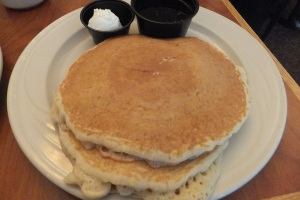
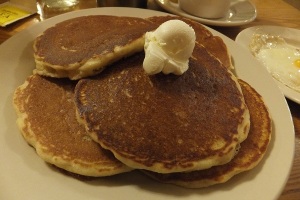
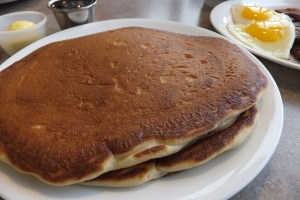
And here is an issue that seems to need further researches:
Is it OK to leave syrup, butter, and other pancake accompaniments unfinished? For me, they are too generously served.

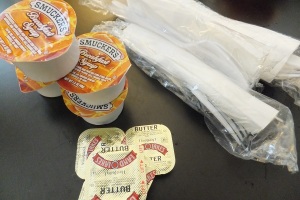
Being Japanese, I have been told it is an ill manner to leave anything served unfinished. And being a housewife, I feel very bad about pouring leftover liquid into drainpipe. But however much efforts I made, it was physically impossible to use up syrup and butter served with the pancakes unless I am prepared to get heartburning and diabetic. They were simply too much. Which is the most acceptable manner?
a) Assume this is a great American generosity, and do not feel guilty to leave some syrup;
b) Assume the syrup is like soy sauce served with Sushi in Japan, and do not feel guilty to leave it unfinished;
c) Assume the Americans really use up all of these, follow the American manner and get diabetic;
d) Ask the waiting person a half portion of the syrup and butter (If I am confident enough about my English or feel energetic enough to get my request understood) and leave extra tips.
最近のコメント